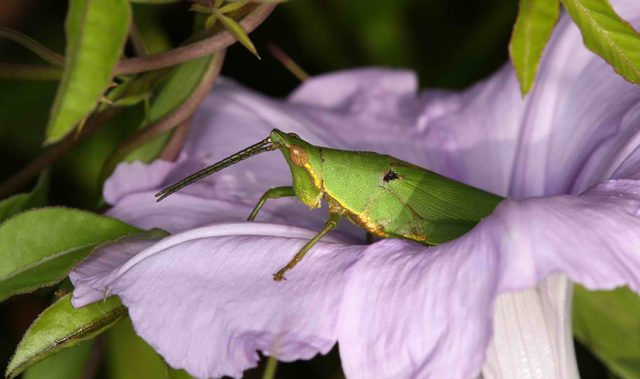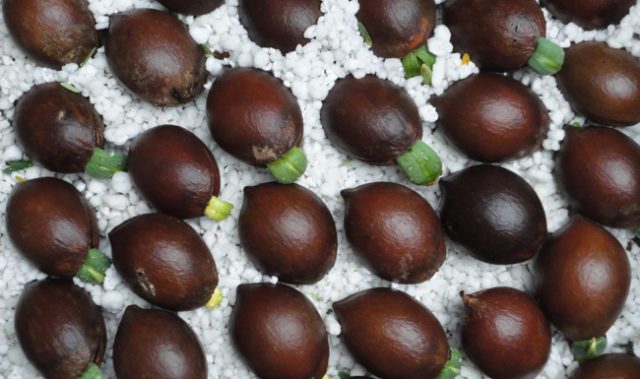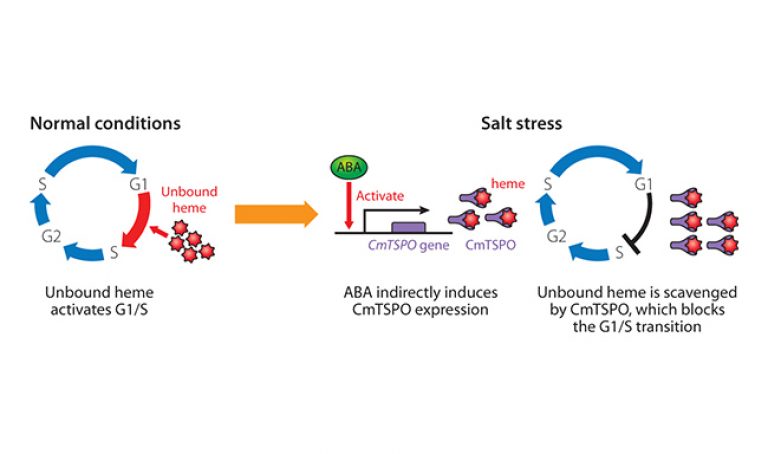
AsianScientist (Mar. 14, 2014) – Scientists in New Zealand have discovered a universal law that explains how hybrid species survive and thrive.
Hybrids are formed when two different species combine to form a single new species containing the genetic material of both. Hybridity is surprisingly common in plants and can be seen in the cotton used to make bed-sheets, the wheat in bread and in New Zealand alpine plants.
“When two very different species suddenly merge together, a new species is created instantaneously that contains two different sets of machinery, or RNA as it’s known,” says Professor Murray Cox, first author of the study from the Institute of Fundamental Sciences, Massey University. “Some parts of this machinery won’t work together, so we asked the question, how does this hybrid survive?”
His team used advanced computational biology methods to sequence and analyze hundreds of millions of RNA copies of a fungus found in grass.
“This particularly fungus (Epichloe endophyte) is one of the good guys,” he says. “The plant gives the fungus a place to live, and the fungus produces chemicals that kill insects that try to eat the grass. This hidden relationship is a key reason for the success of New Zealand’s multibillion dollar dairy industry.”
Professor Cox was amazed to find that the RNA levels in the grass fungus were almost identical to the patterns found in cotton – the only other hybrid species that has undergone similar analysis.
“These species are radically different, for starters, one is a plant, the other is a fungus,” he says. “Therefore we realized we had identified universal rules that dictate how gene expression has to behave in order for hybrid species to control their two sets of machinery [RNA], regardless of what exact species those hybrids are.”
These genetic rules revealed that the hybrid’s genes mimic one parent or the other.
“The RNA levels showed one copy effectively gets turned off. It’s not simply an average of what its parents have. This pattern occurs in both fungi and plants — in other words, there are universal rules that control gene expression levels in hybrids across the tree of life.”
The article can be found at: Cox et al. (2014) An Interspecific Fungal Hybrid Reveals Cross-Kingdom Rules for Allopolyploid Gene Expression Patterns.
———
Source: Massey University; Photo: Double Down/Flickr/CC.
Disclaimer: This article does not necessarily reflect the views of AsianScientist or its staff.












